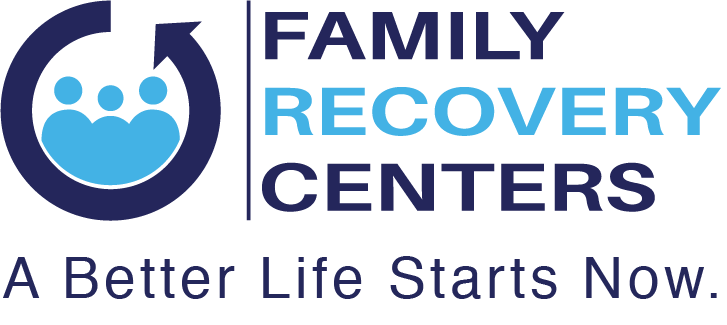Back to School Oohs or Ahhs
By: Ryanne Bright LCPC and Dana Slowinski LCSW
Co-Founders of The Family Recovery Centers
Summer vacation is often an enjoyable time for the entire family. Parents get to spend additional hours with their children around the house or while creating life-long memories on a family trip. Adolescents hang out with friends, sleep later, and perhaps go away to camp.
This annual time off soon ends. Whereas, certain teens eagerly anticipate the first day of school, many do not. Untold numbers of young people experience extreme agitation at the very thought of returning to school. This intense stress might not dissipate over time; in fact, it often intensifies as the first semester progresses.
In a previous blog, we addressed the reasons why depression and anxiety are so prevalent in today’s teens. Genetic predisposition, environment and stress all play a role. Now, with the beginning of a new school year, we want to focus more specifically on anxiety.
According to the Cleveland Clinic, approximately 25 percent of children, ages 13 to 18, struggle with Generalized anxiety disorder (GAD). This means that one in four adolescents are experiencing anxious thoughts every single day.
Essentially, GAD can be defined by three words: fear, apprehension and worry. These children are routinely overwhelmed by frightening thoughts about everything. They worry about the safety of themselves and family members, they worry if peers like them or not, they worry about the future of the world. They are apprehensive to put in their full effort for fear of failure. This trepidation is constant, it only needs direction.
The school year presents that direction after the ease of the summer months. Crowds of people, new subjects, changes in the student population—even if the campus is the same, many things are different, and can be anxiety producing.
GAD is important to understand and recognize primarily due to what it can lead to in a young person. Anxiety is unpleasant. If healthy coping tools such as exercise or spirituality are not available, drugs and alcohol are. What’s more, they work.
In addition, over time, GAD can morph into a more serious illness such as Social anxiety disorder (SAD). This is the most common in this class of disorders. An intense fear of social situations becomes the norm, so much so that it is often impossible to attend school.
GAD can evolve into Obsessive compulsive disorder (OCD). This affects two to three percent of children and adolescents. Those with this disease believe that by engaging in ritualistic behaviors, they can keep bad things from happening.
Conditions such as SAD and OCD are devastating. With both, normal functioning is gone, frequently replaced by depression and suicidal tendencies.
Parents should assume that their high school freshman is probably somewhat afraid. This is completely understandable. On the other hand, if a teen displays panic or inordinate apprehension regarding the pending school year, it is time to talk. This teen may need help from an outside professional to learn appropriate coping techniques.
Finally, with the new school schedule, it might be time to return to the fundamentals of parenting. All children, no matter their age, need healthy food, reasonable exercise or movement, structure and sleep. Along with unconditional love and support.
